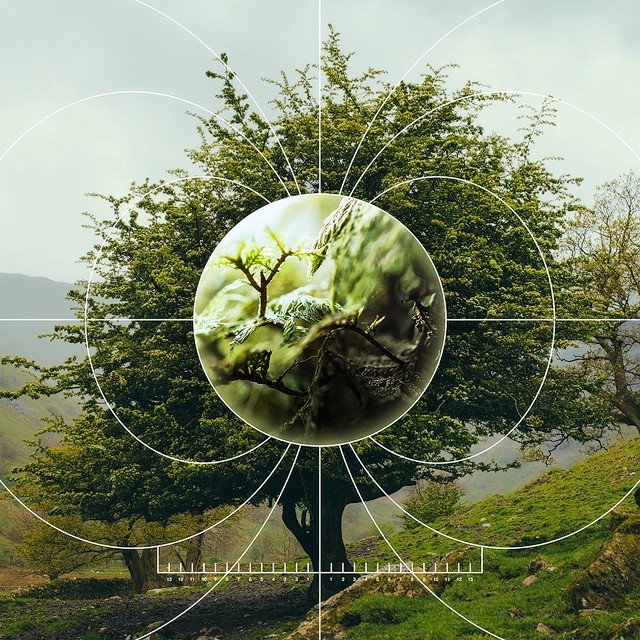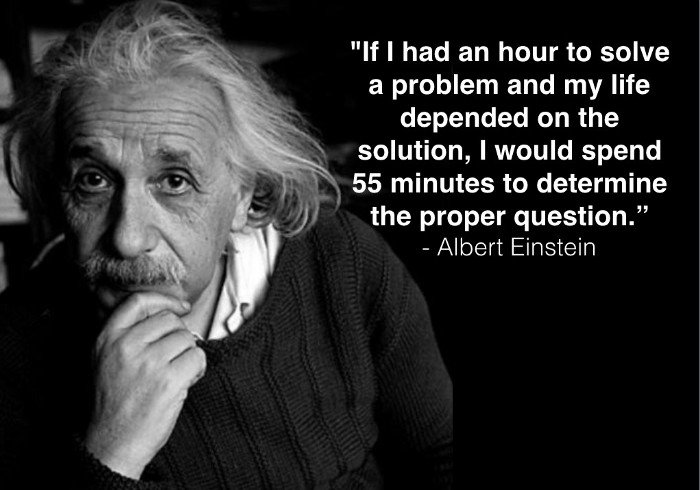What design should be thinking
We are living at one of the greatest inflection points in the history of human civilisation. The inescapable forces of Entropy are necessitating a reset in nearly all walks of life.
And therein we have a choice to make between thinking incrementally to soothe our immediate anxieties, and radically imagining a whole new paradigm of life in harmony with our planet and its inhabitants.
At Lokusdesign, we strongly believe in the power of the latter to bring extraordinary transformation to life and its systems in a manner that raises human consciousness and ushers in a new golden age for humanity.
Download our e-booklet to know more!

















